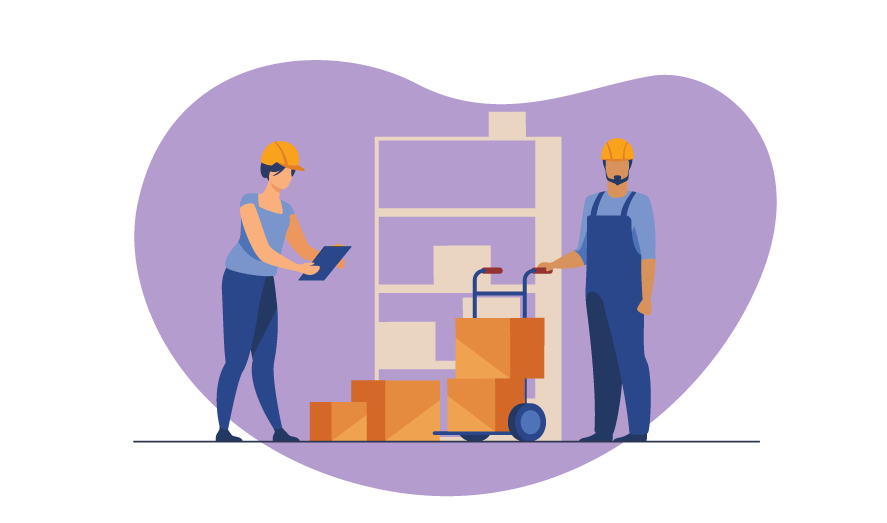Professionals
Apply for best hospitality jobs from top hospitality companies, stay informed with industry updates and network with global colleagues.
Institutes
Hozpitality helps global hospitality schools to publish courses and attract the best students, we provide alumni section and networking opportunities.
Students
Discover and easily apply to courses that match your requirements. Join your school alumni and network.
Suppliers
Use Hozpitality to create branded company pages, publish and market your products to the global hospitality professionals.
Connect with us:
Companies
Use Hozpitality to search millions of quality candidates and connect with responsive talent. Publish your News, Announcements & Promotions on Hozpitality


Professionals
Apply for latest hospitality jobs around the world from Top hospitality companies. You can also network with Global Hospitality professionals here.

Institutes
Publish your courses and attract millions of global hospitality students and professionals to apply for them directly.


Students
Search local and international courses and apply for them directly with just one click. Apply for Intern/Fresher job opportunities.
Suppliers
Use Hozpitality Market Place to list your products & reach Hospitality Professionals and Companies.



